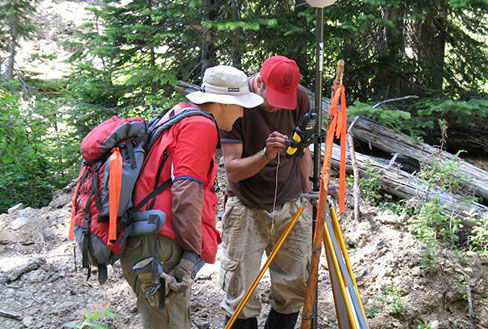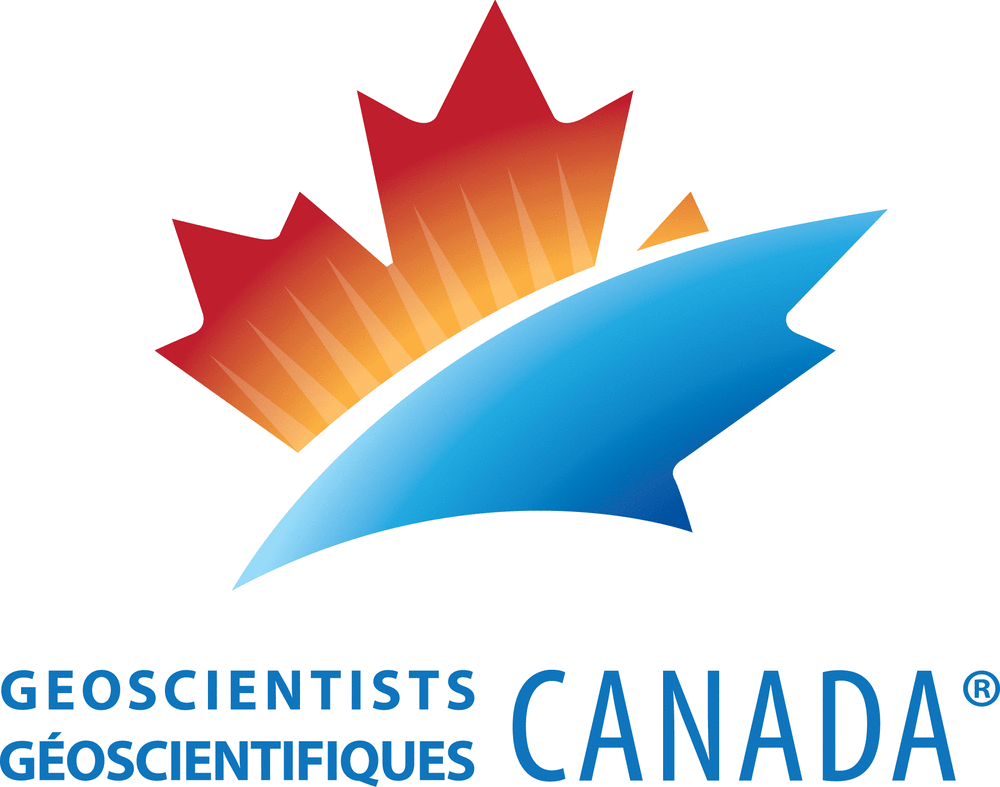Coming to Canada
Permanent immigration has played a key part in Canada’s growth throughout our nation’s history. Canada also offers opportunities for those from other countries wishing to come to study or to work here temporarily. People have been coming to Canada from all over the world for generations. This approach is based on the position that multiculturalism and diversity make us stronger.
Many resources have been created to provide information to prospective immigrants and temporary workers, as well as to receive applications from those wishing to come to Canada. These resources are typically free to access and cover a variety of topics.
This section of the website provides background information on Canada in general – working here, immigrating here, and how our professions are structured and regulated.
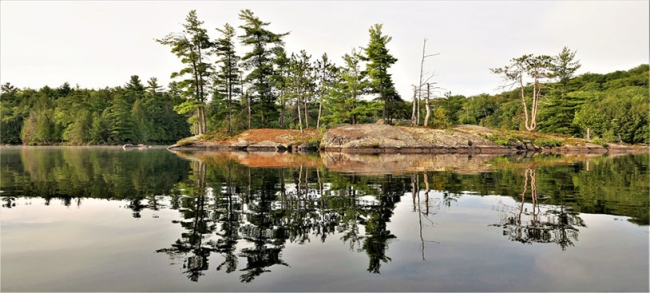
Why Canada?
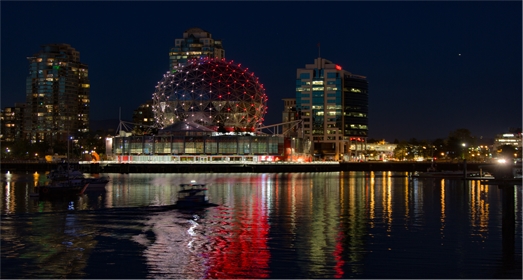
Canada’s population of around 37 million people reflects a cultural, ethnic and linguistic mix that is unique in the world. Many Canadians were born in Canada and came from its founding peoples (Indigenous nations, French Canadians and English Canadians). But over the past 200 years, newcomers from across the world have helped to build and strengthen our country’s way of life. Today, many ethnic and religious groups live and work in peace as proud Canadians. Until the 1970s, most immigrants came from Europe. Since then, the majority have come from Asia. About 20% of Canadians were born outside Canada. In Toronto, Canada’s largest city, this number is over 45%.
Canada is the world's tenth-largest economy, with a GDP of approximately US$1.8 trillion. It is a member of the Organisation for Economic Co-operation and Development (OECD) and G8 and is one of the world's top ten trading nations, with a highly globalized economy. Ours is a mixed economy, but with a strong natural resources base. The Toronto Stock Exchange is the seventh-largest stock exchange in the world by market capitalization, listing over 1,500 companies with a combined market capitalization of over US$2 trillion.
For more information on these and other topics about Canada today, read the Discover Canada guide (this is an external link).
Working and Immigrating
If you wish to come to Canada to work as a professional geoscientist, you must also apply to Immigration, Refugees and Citizenship Canada (IRCC). IRCC is the federal department that facilitates the arrival of temporary workers and immigrants to Canada, provides protection to refugees, and offers programming to help newcomers settle in Canada. It also grants citizenship, and issues travel documents (such as passports) to Canadians.
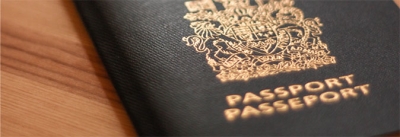
IRCC
There are a number of ways to enter and work in Canada legally.

Please review your options by visiting the IRCC Website
EXPRESS ENTRY
Express Entry is a new, electronic system developed by IRCC to manage applications for permanent residency under the following federal economic immigration programs:
- Federal Skilled Worker Program
- Federal Skilled Trades Program
- Canadian Experience Class
Learn more about Express Entry
Regulated Professions in Canada
Canada is a confederation made up of ten provinces and three territories. Canada's federal system divides government responsibilities between the federal government and the governments of the provinces and territories. Each of the provinces and territories have their own legislatures; the three territorial legislatures differ structurally from their provincial counterparts.
Under Canada’s constitution, protecting the health and safety of the public by regulating professions is for the most part a provincial/territorial responsibility. (The few occupations that are regulated federally mostly relate to air and rail transportation and shipping – such occupations as air pilots and locomotive engineers).
Regulated occupations included both professions and skilled trades. There are typically between 35 and 40 regulated professions in each province and territory; but the local list in each jurisdiction differs due to variations between the needs of their local economies and their policies of government.
Common professions like doctor, nurse and engineer are regulated in all thirteen of Canada provinces and territories; more specific professions like geoscientist are currently only regulated in eleven of the thirteen jurisdictions.

The system of governance (regulation) of professions used in Canada is by delegation, in law, to each profession by government, the right and duty to self-regulate itself. This is achieved by each provincial or territorial government passing an Act creating professional associations or colleges and directing each profession to regulate itself in the public interest in that jurisdiction. Each regulatory college or professional association is independent and self-financed, and reports to its provincial or territorial government.
Registration and Licensure
Regulation of professionals is achieved through registration. In other words, you must become a member of - and be accountable to - the professional association (sometimes called a "regulatory college" or "regulator") for your profession in the province or territory in which you work. All those wishing to practice their profession in that jurisdiction must become registered. It is unlawful to practice your profession without first being registered.
Once you are a registered your name is placed on the “register”, which is the public list of all individuals who have been approved (licensed) to practice your profession in that jurisdiction. Licensure requires the member’s adherence to a Code of Ethics and all other policies and guidelines of the regulator – all of which are directed at protecting the public interest in that jurisdiction. It also makes the member directly accountable to their regulator and subject to its complaints and discipline process.
“Public interest” in Canada primarily means public health and safety. It also means public welfare, which encompasses safeguarding the economic interests of citizens and protecting the natural environment.
Becoming registered requires going through the admission process at the professional association for your respective profession in the province or territory where you intend to practice. Admission involves providing details about your academic training and your work experience. This information is then compared with entry-to-practice standards to determine if you are eligible for registration. Becoming registered may also require receiving orientation and then completing exams on local workplace practices, including applicable regulations and laws.
For more information about registration and licensure for geoscientists see - Getting your Geoscientist Licence.
Help through Micro Loans
The Internationally Trained Worker (ITW) Program offers microloans to skilled immigrants who are in the process of becoming licensed in Canada. Eligible expenses include direct and indirect costs related to foreign credential recognition, including:
- Qualification assessment
- Exam and Licensure fees
- Tuition fees for training and skills upgrading
- Books and course materials
- Professional association fees
- And other costs relating to obtaining a license to practice
Low-interest loans of up to $30,000 CAD are available through the following institutions:
Please consult these external link websites for more information regarding the application process, eligibility and interest rates. Further information available at Employment and Social Development Canada - Foreign Credential Recognition in Canada.
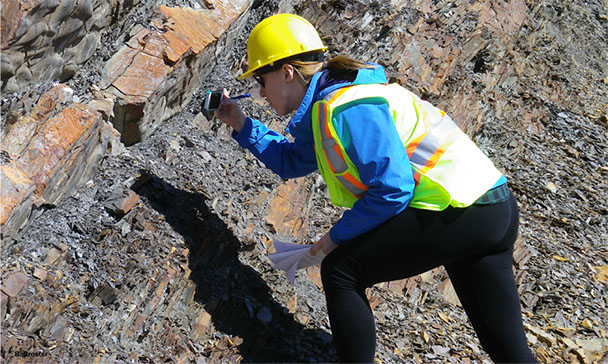
Settlement Support
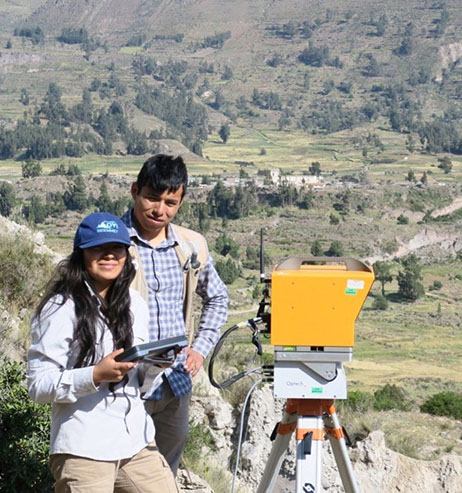
Immigrant serving agencies, also known as settlement agencies, provide help and guidance to newcomers. They offer a wide range of services and can help you:
- Get settled in your community.
- Find housing, a job or childcare.
- Register your children in school.
- Access other programs such as English or French classes, employment services, skills training and foreign credential assessment
- Get information about healthcare and social services.
- Find an interpreter or translator.
Many of the services they provide are free, and all information is kept private and confidential. Most agencies have staff who can speak languages other than English. If you go to a settlement agency and they do not have the service or language you need, they can help you find another agency that does.
SETTLEMENT AGENCIES
You can access a list of settlement agencies in your areas through the IRCC website:
Pre-Arrival Services
Pre-arrival services are free online, or in-person programs for people who have been approved to immigrate to Canada. They are intended to be used before you leave for Canada. You can access most pre-arrival services if:
- You have received a Confirmation of Permanent Residence letter (COPR), or have been contacted by Immigration, Refugees and Citizenship Canada (IRCC) with a positive decision on the eligibility of your application,
- And, you currently live outside of Canada.
Pre-Arrival services are generally free of charge and can help you to:
- Prepare for your move to Canada.
- Get your education, work experience and credentials recognized in Canada.
- Connect with employers to find a job.
- Connect with free services after you arrive in Canada.
A list of pre-arrival services is available on the IRCC website (this is an external link).
